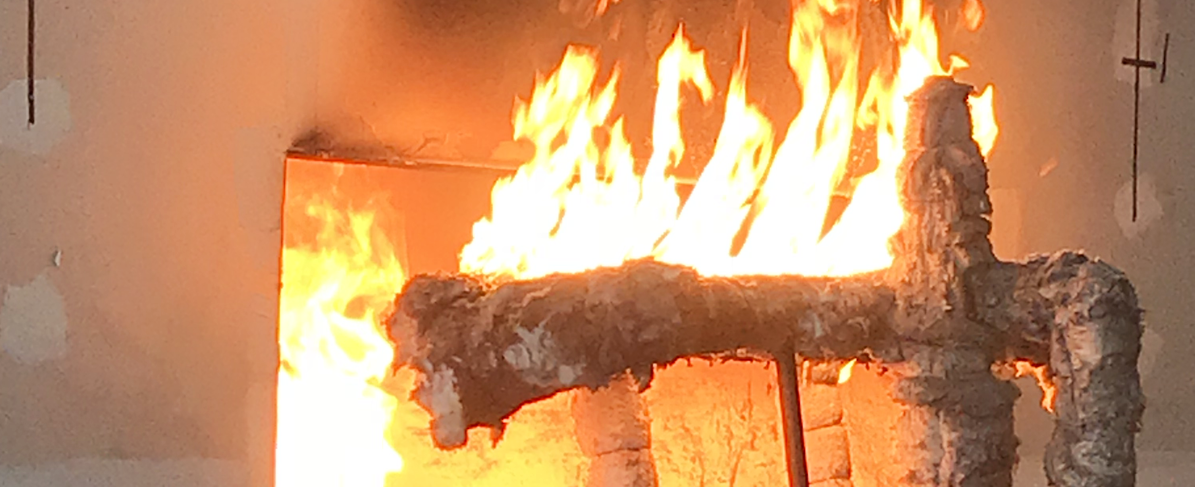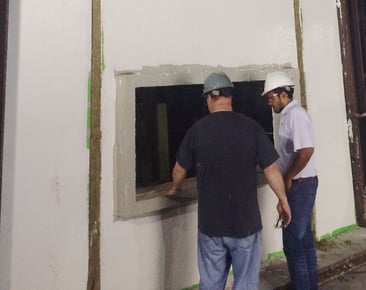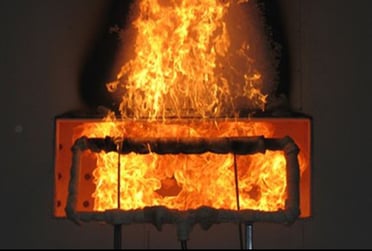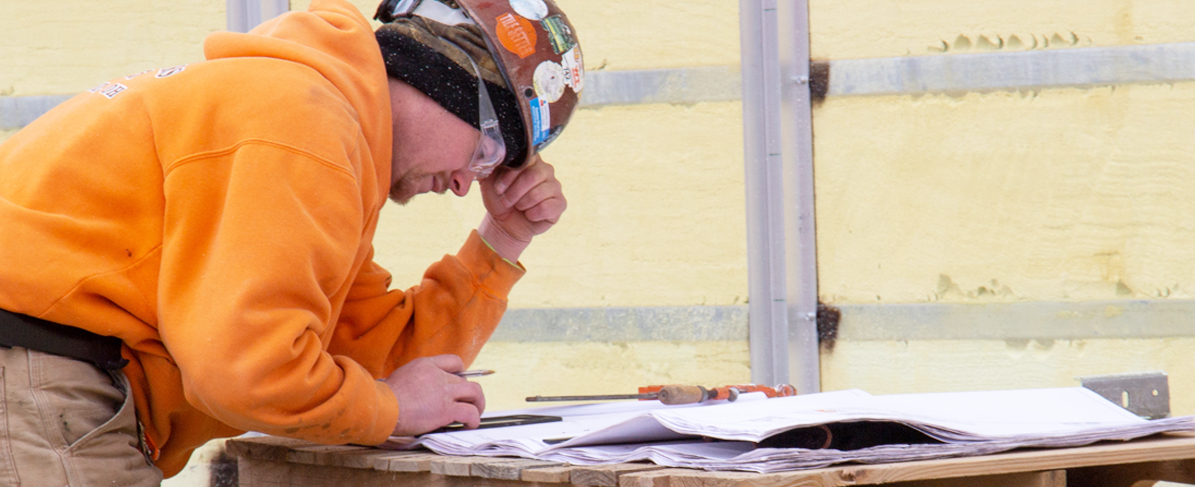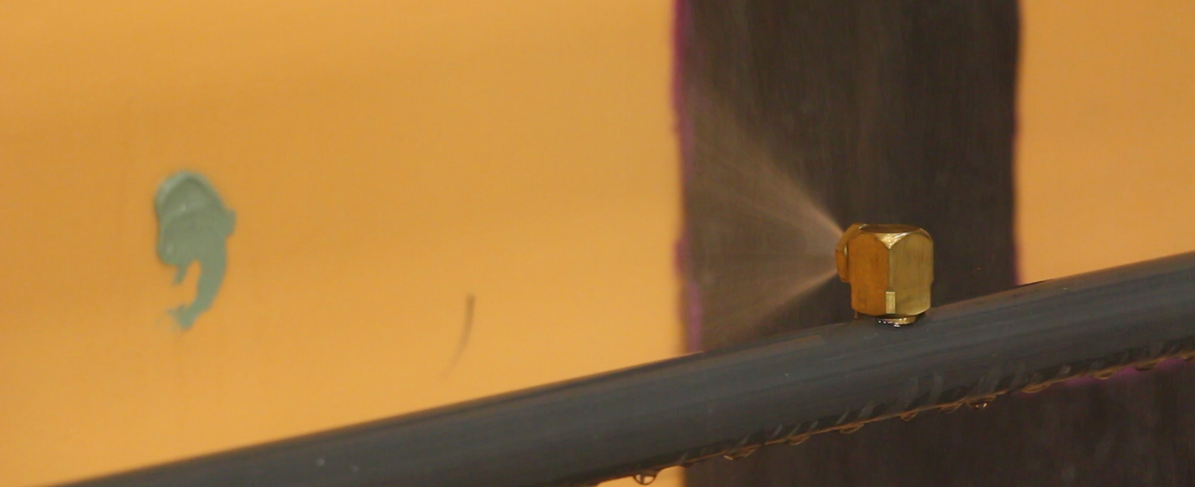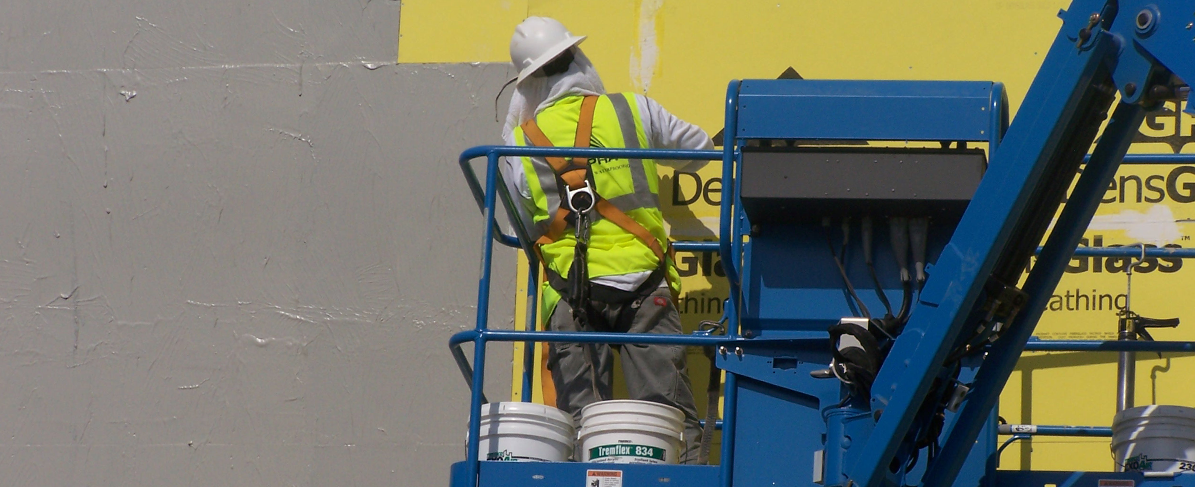While nothing can predict a structure’s response to the elements or natural disasters with 100% accuracy, laboratory testing is the best tool in the construction industry to compare performance of various systems in extreme conditions in a controlled environment.
The ICC International Building Code (IBC), adopted throughout the United States, contains many triggers mandating NFPA 285 compliance as the exterior wall assembly test method to limit the potential spread of fire on the exterior of a building. The early versions of the NFPA 285 standard (UBC 26-9, for example) have been in model building code since 1988, and yet there is still a lot of misconception about when compliance is required and how it can be achieved in design and construction.
Below are the four questions I am most often asked, which we will explore in this article:
- What is NFPA 285?
- When is NFPA 285 required?
- Who is responsible for demonstrating NFPA 285 compliance?
- Who pays for the test?
1. What is NFPA 285?
NFPA 285 and its predecessors were developed to better understand and evaluate the impact of placing combustible components —originally foam plastic materials — into “non-combustible” building assemblies. The limits of material testing in an isolated setting did not fully capture the performance and risks associated with combustible materials in buildings. NFPA 285 was one of several test methods developed in the early 1980’s to better demonstrate the performance of these materials in the built environment.
When NFPA 285 is conducted in a laboratory setting, a two-story wall assembly is constructed with a representative window opening on the first floor of the apparatus and then the specimen is subjected to a calibrated fire exposure for thirty minutes. The specimen is observed and monitored throughout the test and upon conclusion for excessive flame spread and specified temperature limitations. Successful results apply only to the wall assembly as it was constructed in the test specimen including the specific products, details, and assembly configuration. The most critical and often overlooked detail for design and construction compliance with the tested assembly is the window head and its closure.
2. When is NFPA 285 required?
In the IBC, NFPA 285 compliance is only required in Type I, II, III, and IV construction, those with limited combustibility. NFPA 285 compliance is currently not required in Type V construction. Foam plastic will trigger NFPA 285 compliance in most buildings of Type I, II, III, and IV construction with very limited exceptions. Other triggers for NFPA 285 compliance include combustible claddings and combustible weather resistive barriers (WRBs) when the building is over 40 ft (12.2 m) tall of Type I, II, III, and IV construction. There are exceptions and variations to the triggers for compliance based on the building height, combustibility of the materials, or area of coverage by the combustible cladding.
To limit risk to life safety, property damage, and liability of a non-compliant error or omission It is in the best interest of contractors and architects to verify NFPA 285 compliance of each assembly in their projects especially as value engineering and substitution options are considered. Your local code official or a building envelope consultant can assist in confirming if NFPA 285 is required for a specific project.
3. Who is responsible for demonstrating NFPA 285 compliance?
Project owners and developers have the first opportunity to determine the approach that the project will take with regards to NFPA 285 compliance. In defining the project program and owners’ project requirements (OPR), the owner can identify the project constraints by potentially limiting the material selections.
The design team has the next and most impactful opportunity to address NFPA 285 compliance in design through material, assembly, and detail selections. The construction documents need to clearly define how the project will comply with NFPA 285 based on tested assemblies as well as documented and accepted engineering judgements, as needed. Similar to the common treatment of fire rated assemblies (ASTM E119, for example), a best practice is to include the compliant assembly test date into the construction documents.
The construction team next takes on compliance responsibility in accepting the contract documents. Deviation from the basis of design assembly with demonstrated compliance will require the construction team to document and support through test data and/or accepted engineering judgements to show NFPA 285 compliance in the final construction. If there is a lack of clarity on how NFPA 285 compliance will be achieved in the contract documents, the contractor should request more information from the design team for clarification.
It is critical to understand at this point that the authority having jurisdiction (AHJ) and the code official as the enforcement agency have the responsibility to review the project document and construction for code compliance to the best of their ability and available resources. The responsibility to enforce, however, does not carry the same - or possibly any - direct liability for the design and construction of NFPA 285 compliance assemblies; this responsibility will almost always fall directly to the design and/or construction team.
4. Who pays for the test?
Many manufacturers have historic NFPA 285 testing results to share and prove the success of certain systems, thus bearing the brunt of the costs of the tests. If these systems are chosen by the project team, then no additional testing is required. Project-specific wall assemblies require the project team to demonstrate compliance either through utilizing an existing tested assembly modified by accepted engineering judgement or commissioning a new test specific to the project.
The process to have a project-specific NFPA 285 test performed will have a significant impact on the project schedule and budget, as it can be challenging to execute effectively, especially if the system does not pass on the first attempt. However, there has been an increase in project-specific assembly tests in recent years to avoid the limitations inherent to the currently tested assemblies.
Engineering judgements from a qualified professional may confirm product substitutions in a compliant NFPA 285 assembly. An engineering judgement will include data from conducting smaller-scale and more affordable testing to demonstrate that the new product will contribute less to fire than the originally tested material. For an engineering judgement to be effective, it must be accepted by the AHJ or code official for the specific project. Having a letter does not guarantee acceptance, even if the letter has been accepted in other AHJs, as the local code official has final authority on interpretation and acceptance.
What’s Next?
Building codes and procedures are constantly changing, so it is important to note the following update and stay current with all applicable mandates for future edits. The 2021 International Building Code is adopting the 2019 version of NFPA 285. New criteria in this edition dictates that if an assembly has a joint above an opening in design or construction, then the NFPA 285 tested assembly must include the joint located above the opening in the specimen.
Prior to the NFPA 285-2019, it was customary to not include a joint condition above the window in the test specimen as this is a vulnerable aspect of the system design and could lead to failure. New projects required to comply with NFPA 285-2019 - likely through the 2021 IBC adoption - cannot reference or utilize past assemblies without a joint above opening on a project designed or constructed with a joint above an opening. This may lead to additional testing required to meet this new condition.
Moving forward, NFPA 285 needs to be part of standard design and construction processes for non-Type V projects to convey one aspect of the fire resistance of a project’s wall assemblies. Reach out to a building envelope consultant if you have any questions or concerns about your building envelope and compliance with NFPA 285.
